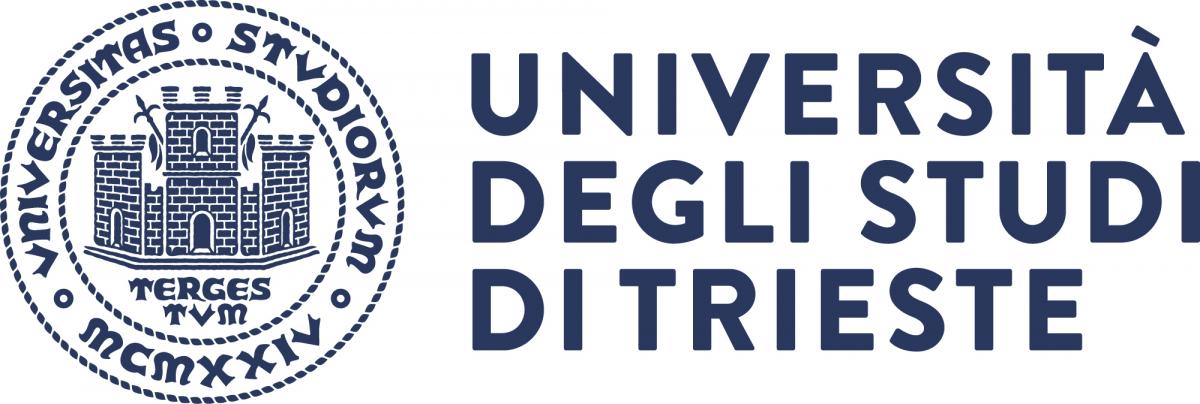Seminario del prof. Yuri Fialko, University California San Diego: Space geodetic observations of slow slip events on the Southern San Andreas Fault: Implications for the earthquake potential
Space geodetic observations of slow slip events on the Southern San Andreas Fault: Implications for the earthquake potential
Prof. Yuri Fialko
Institute of Geophysics and Planetary Physics
Scripps Institution of Oceanography
University of California San Diego
Abstract: A number of active continental strike-slip faults are associated with geodetically detectable shallow creep, while other faults (or other sections of the same fault) appear to be locked all the way to the surface over the interseismic period. Traditional interpretations of shallow creep in terms of velocity-strengthening friction in the uppermost crust predict that shallow creep should occur at a quasi-constant rate throughout much of the earthquake cycle. However, observations reveal increasingly complex time-dependent slip histories that include quasi-steady creep and triggered as well as spontaneous accelerated slip events. I will review existing evidence for unsteady shallow creep, and present new observations of a recent slow slip event on the Southern San Andreas fault (SSAF). The SSAF is the only section of the San Andreas fault that hasn't produced a large earthquake in historic times, and is believed to be in the late phase of the earthquake cycle. The timing of the slow slip event on the SSAF suggests that it was was dynamically triggered by the 2017 M8.2 Chiapas (Mexico) earthquake that occurred 3000 km away. Geodetic and geologic observations indicate that surface slip on the order of 10 mm occurred on a 40-km-long section of the SSAF between the Mecca Hills and Bombay Beach, starting minutes after the Chiapas earthquake and continuing for more than a year. Both the magnitude and the depth extent of creep vary along strike. I will present a high-resolution map of surface displacements derived from the Sentinel-1 Interferometric Synthetic Aperture Radar (InSAR) acquisitions from different lines of sight. InSAR-derived displacements are in good agreement with the creepmeter data and field mapping of surface offsets. I will also present results of numerical modeling of shallow creep on a strike-slip fault, and show that the observed behavior can be explained in the framework of the rate and state friction. I will discuss implications from the observations and numerical models for the frictional properties of the top few kilometers of the upper crust, and the long-term fault operation.

Dipartimento di Matematica e Geoscienze, Universita’ di Trieste, Via Weiss 1 (Aula C, Pal. C)



